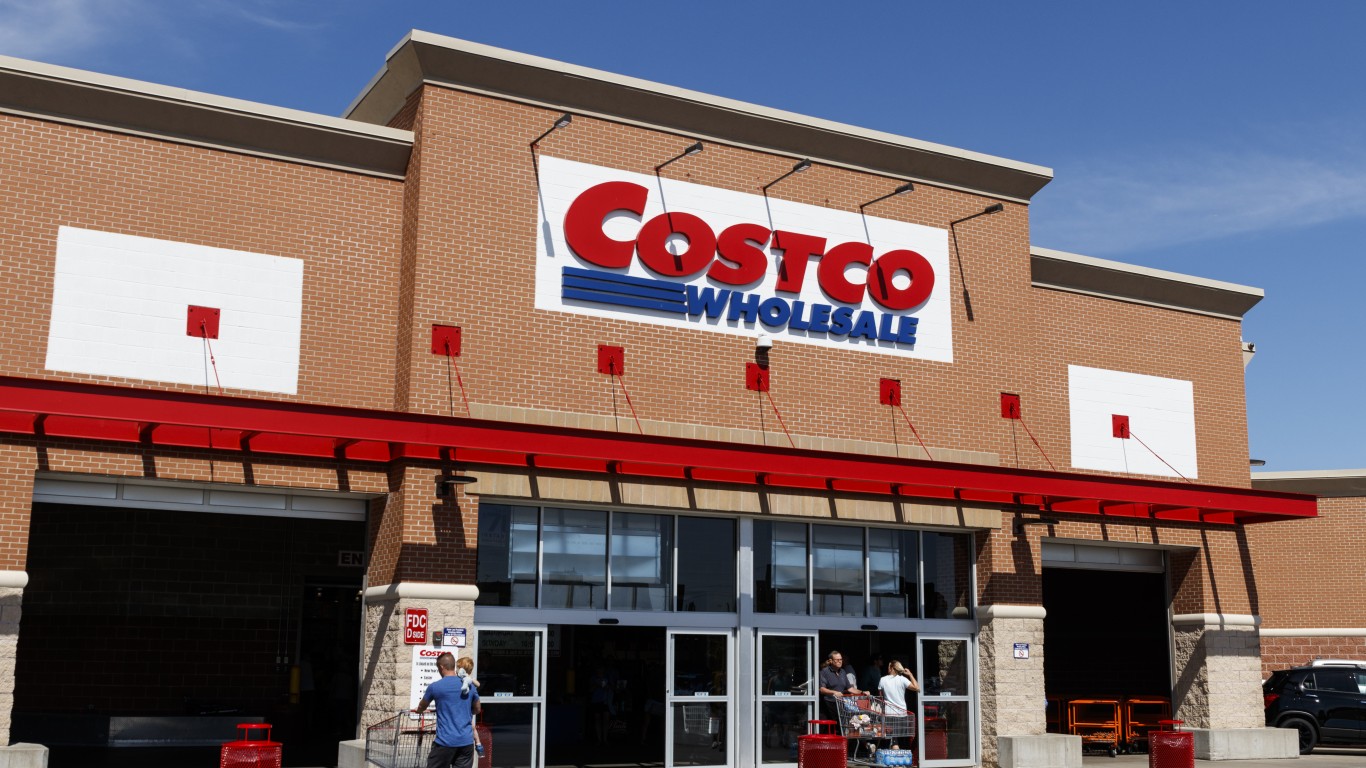

According to some measures, the holiday retail sales period lasts from October 1 to December 31. It is a time that makes or breaks a number of retailers and could lead to the end of weaker ones. On the other hand, it may strengthen the fortunes of retailers that have shown recently that they can pick up market share from the laggards. Since Christmas is only 85 days away, it will not take long to find out.
The National Retail Federation (NRF) recently issued its forecast, and it shows consumer buying will roar in the final quarter of the year. That forecast is based on sales from November 1 until the end of the year. The country’s largest retail association figures sales will rise in a range of 3.8% to 4.2% above 2018 to a total of between $727.9 billion and $730.7 billion. The NRF says the improvement of sales in each of the past five years has averaged 3.7%.
The NRF number anticipates that consumer spending for the holidays will rise much faster than gross domestic product (GDP), which is particularly impressive because of recent signs the U.S. economy has weakened and will continue to do so. The consumer has propped up the economy for most of the past several quarters. Can it do so again?
The U.S. Department of Commerce said that the second-quarter GDP was up only 2%. While unemployment is at a five-decade low, job creation has started to slow. New data from the Institute for Supply Management (ISM) shows the services side of the economy rose at the slowest rate in three years. In September the figure was 52.6, down from 56.4 in August. Any number over 50 shows expansion. Nevertheless, the September number was well below expectations. The manufacturing figures were even worse. The ISM manufacturing index was 47.8 in September, the worst number in 10 years. Manufacturing, based on the index, is contracting, and fairly quickly. That slowdown was blamed in part on the U.S. trade war with China.
The trade war could still have very broad-reaching effects. It has undermined much of the U.S. agricultural economy. However, agriculture is no longer much of a contributor to national GDP. Another likely victim is the retail sector, which imports much of its inventory from China. Tariffs could make many of these items more expensive.
The greatest problem related to a retail season slower than the NRF’s number is the consequences for battered retailers like J.C. Penney, Bed Bath & Beyond and what is left of Sears. A single bad holiday season could cripple many of them such that they cannot recover. Sears could completely disappear. These are some of the retailers that will close the most stores this year.
Of course, even if retailer numbers are weaker than anticipated, Amazon is expected to be a large winner. The NRF says that it “expects online and other non-store sales, which are included in the total, to increase between 11 percent and 14 percent to between $162.6 billion and $166.9 billion, up from $146.5 billion last year.” Amazon holds close to a 50% share of the market of the U.S. e-commerce economy. Amazon also is atop the list of American companies with the best reputations.
The NRF says the 2019 holiday season will be strong. Recent numbers about the economy show that forecast may already be wrong. And, again, there are only 85 shopping days until Christmas, so it won’t take long to find out.
Thank you for reading! Have some feedback for us?
Contact the 24/7 Wall St. editorial team.
 24/7 Wall St.
24/7 Wall St.


